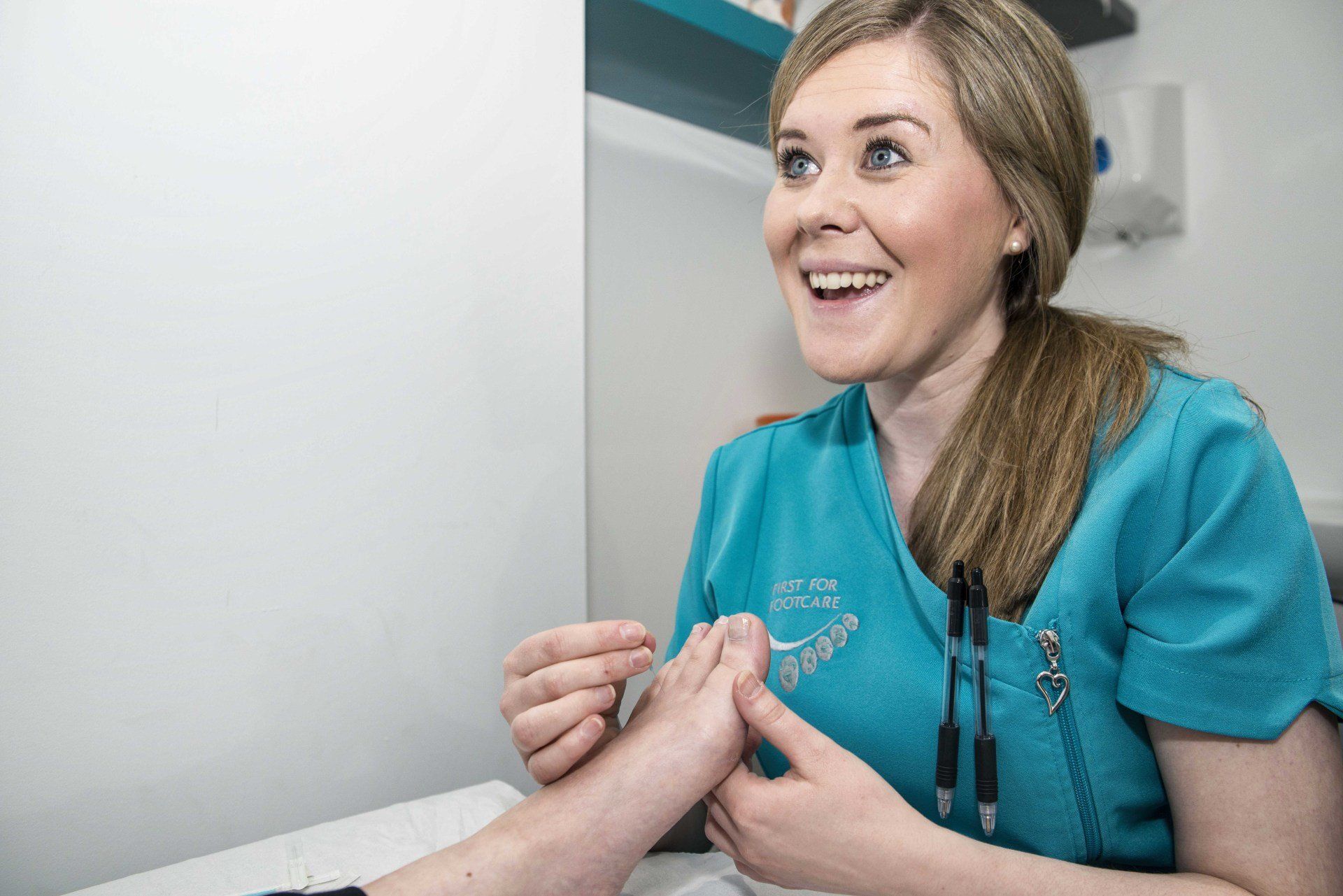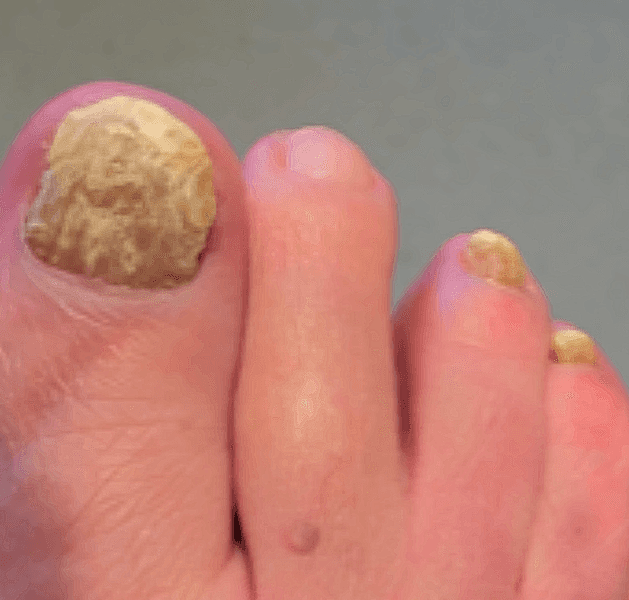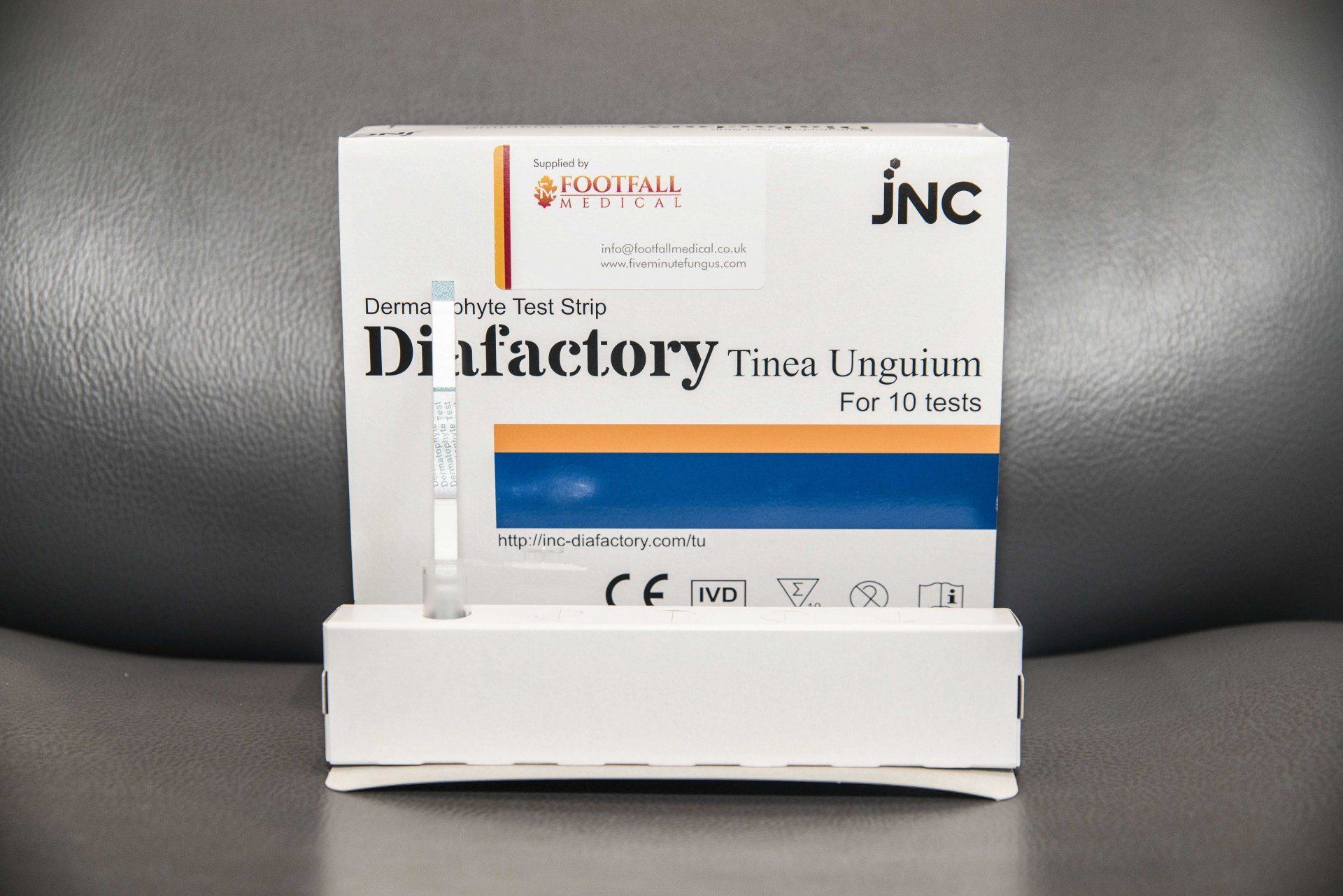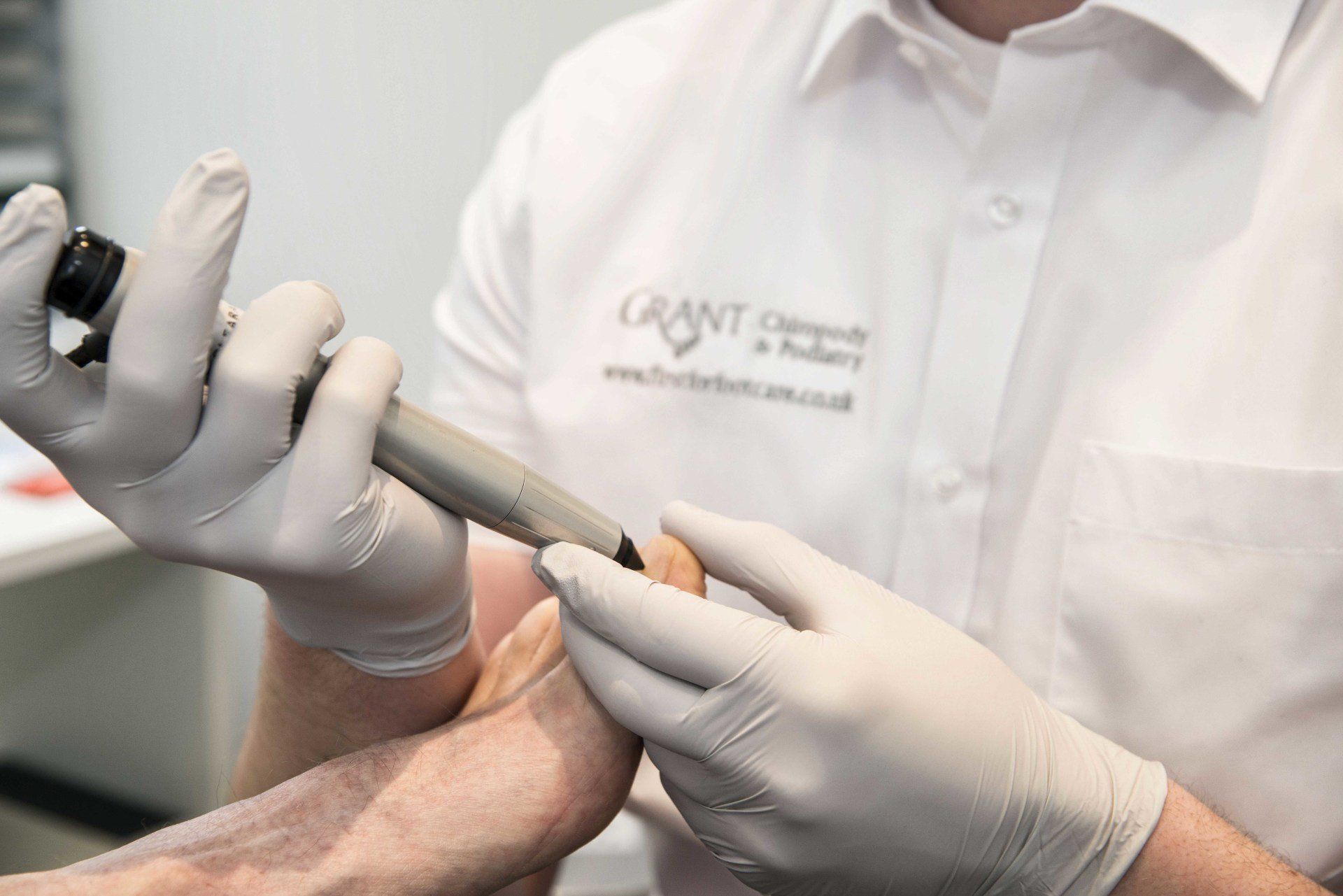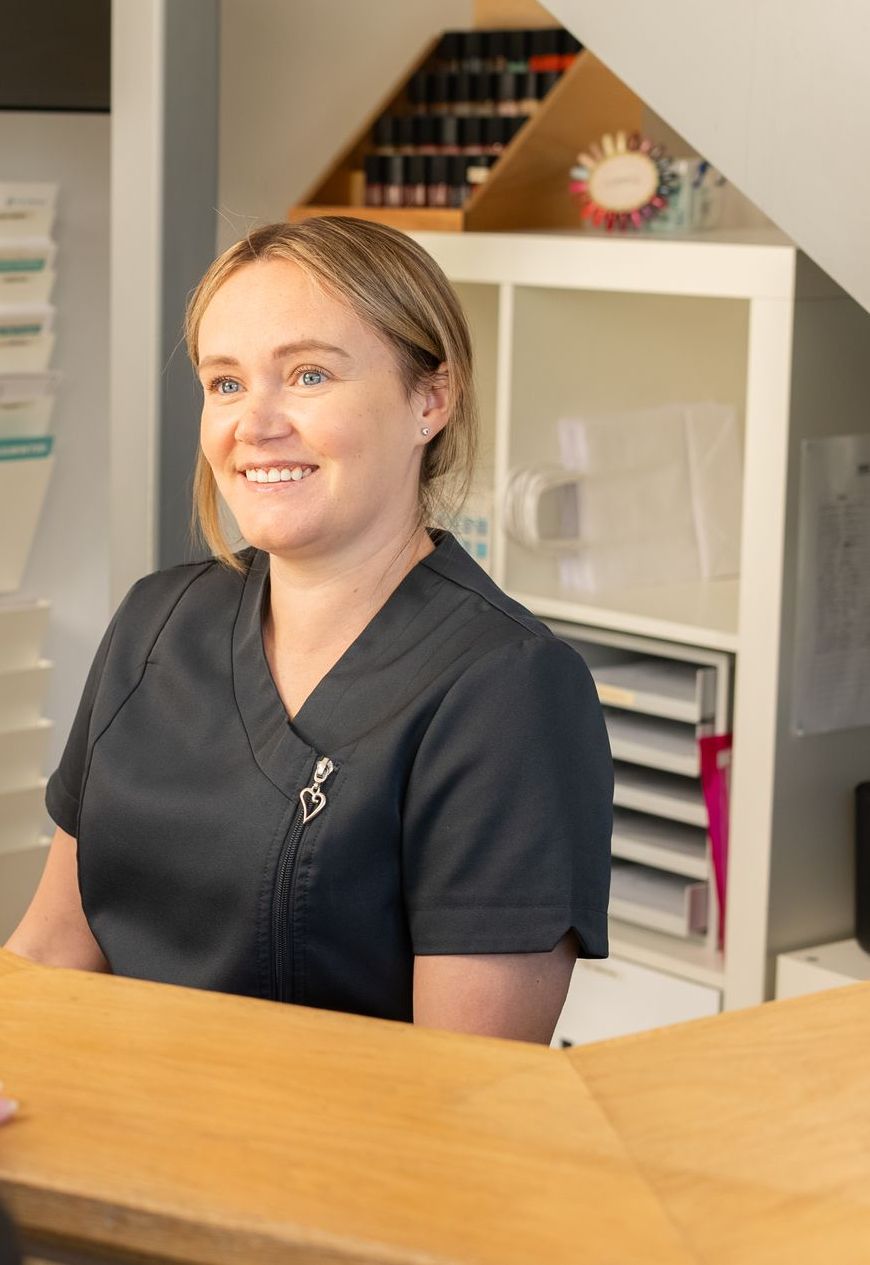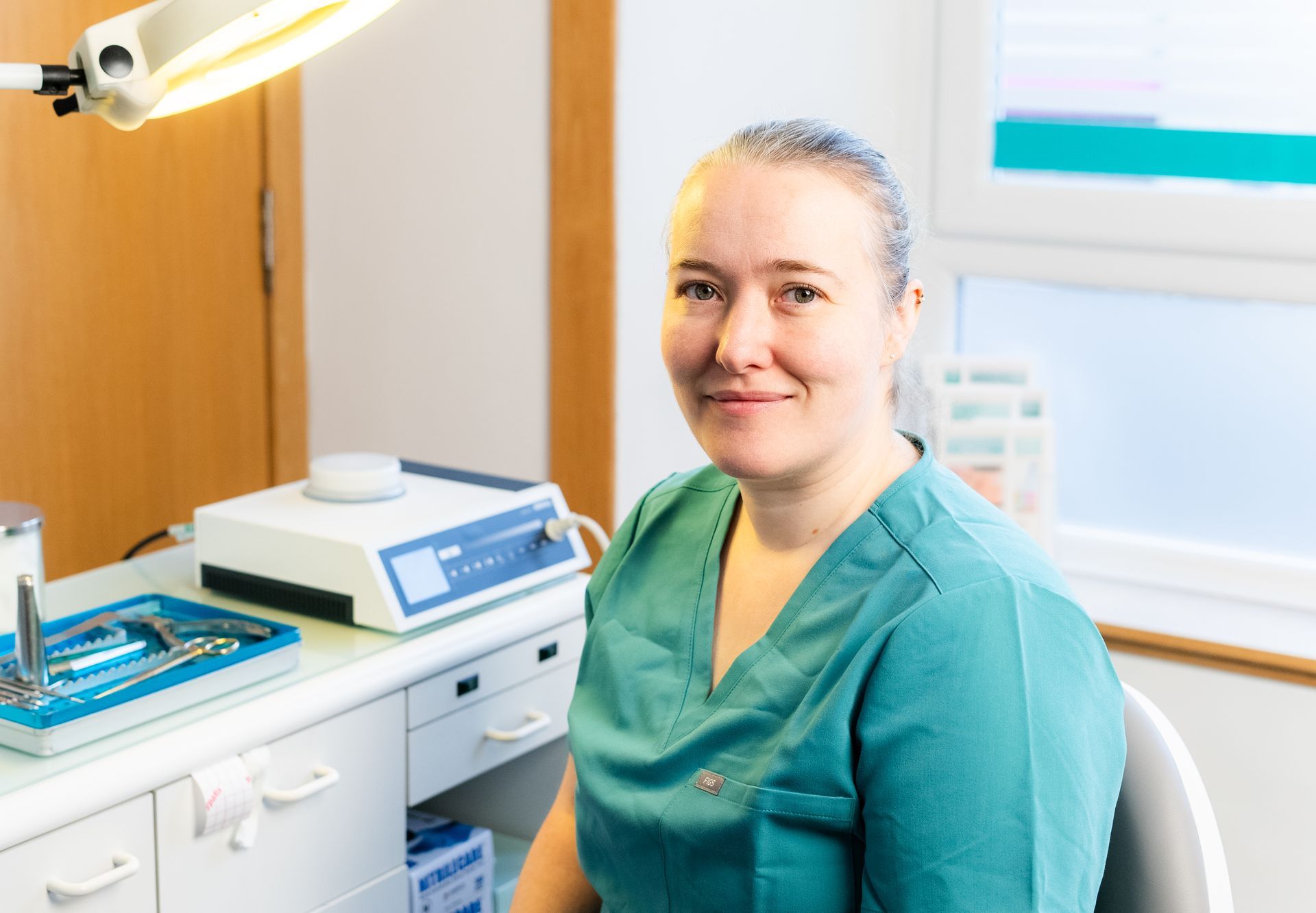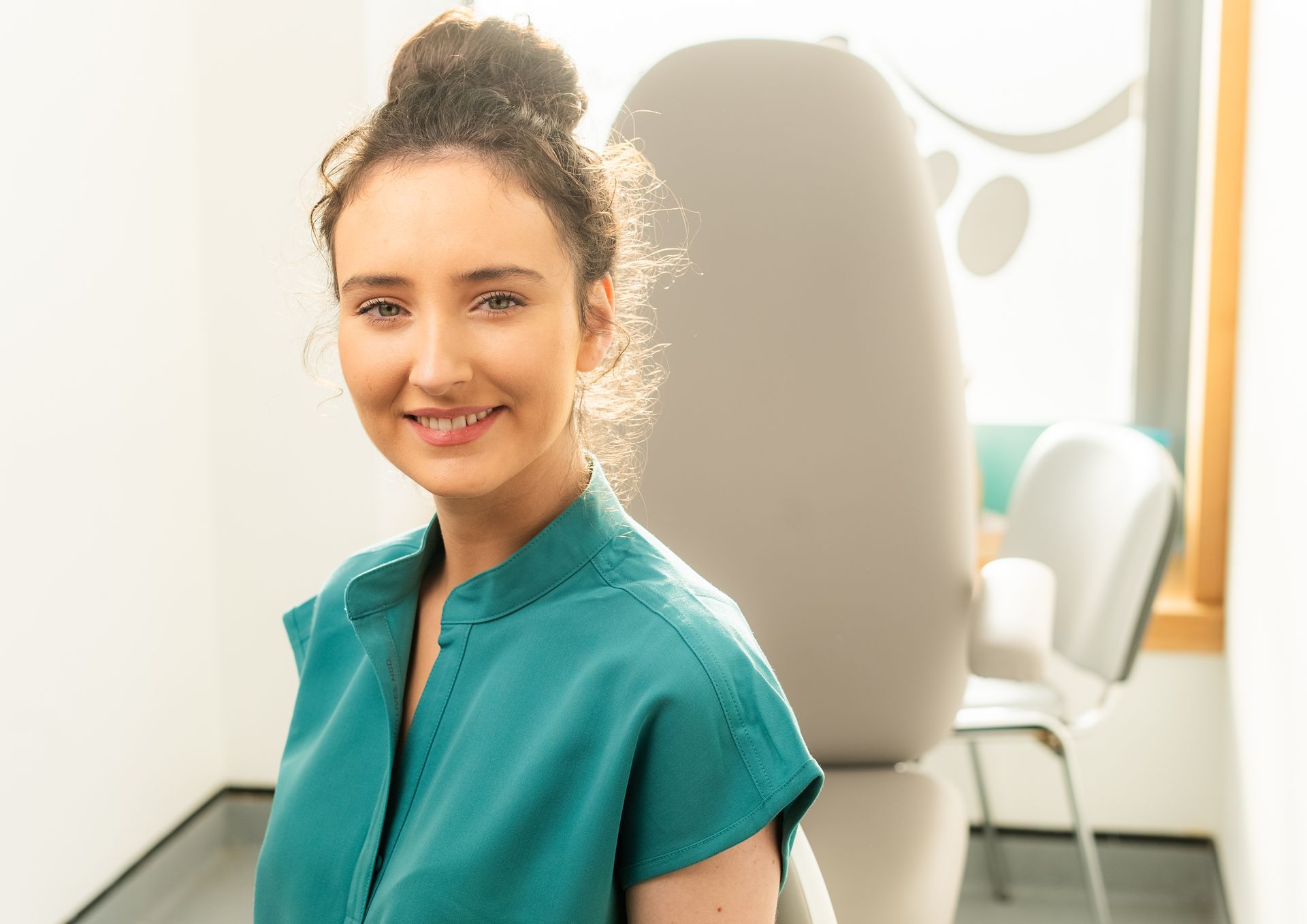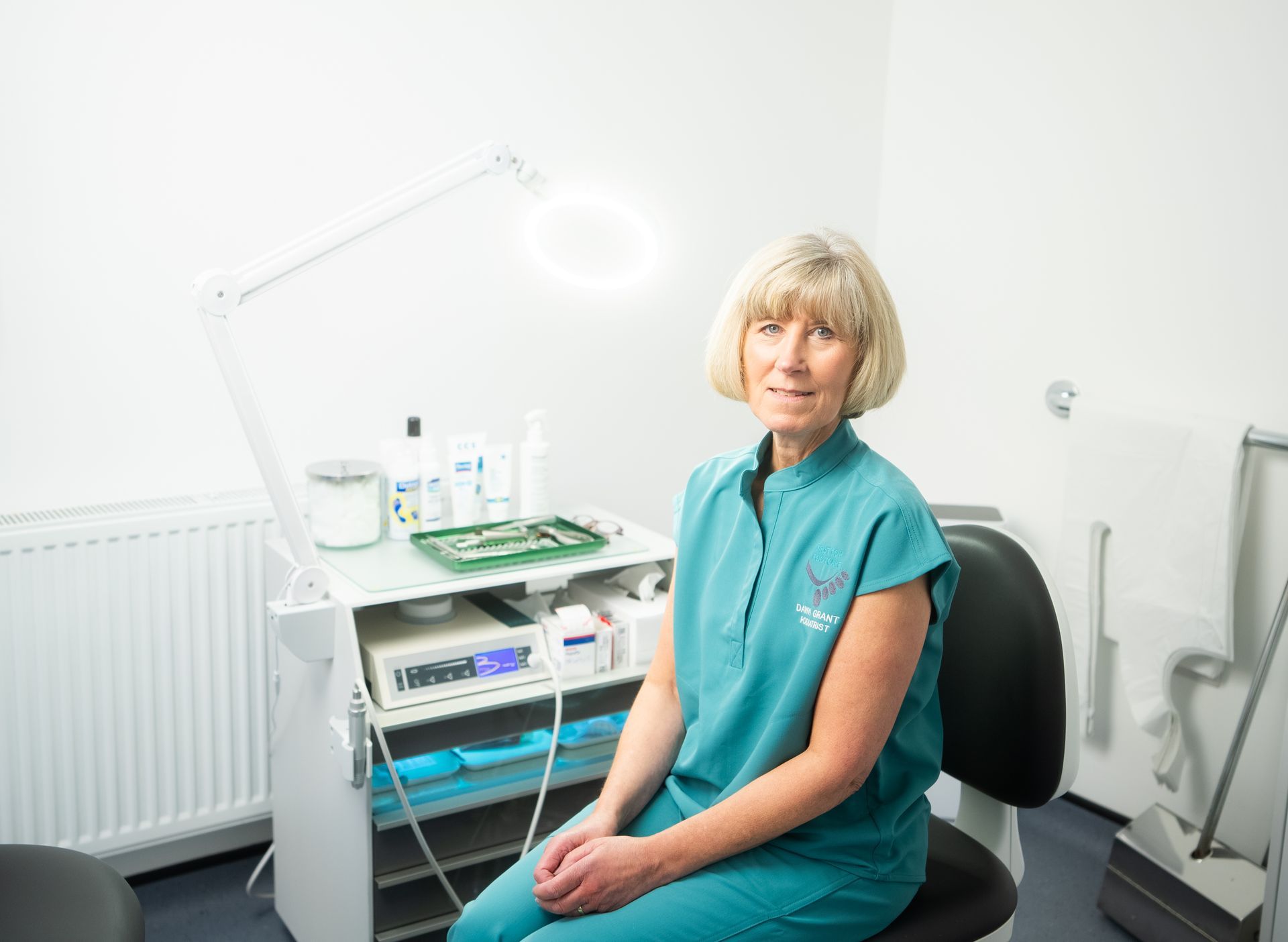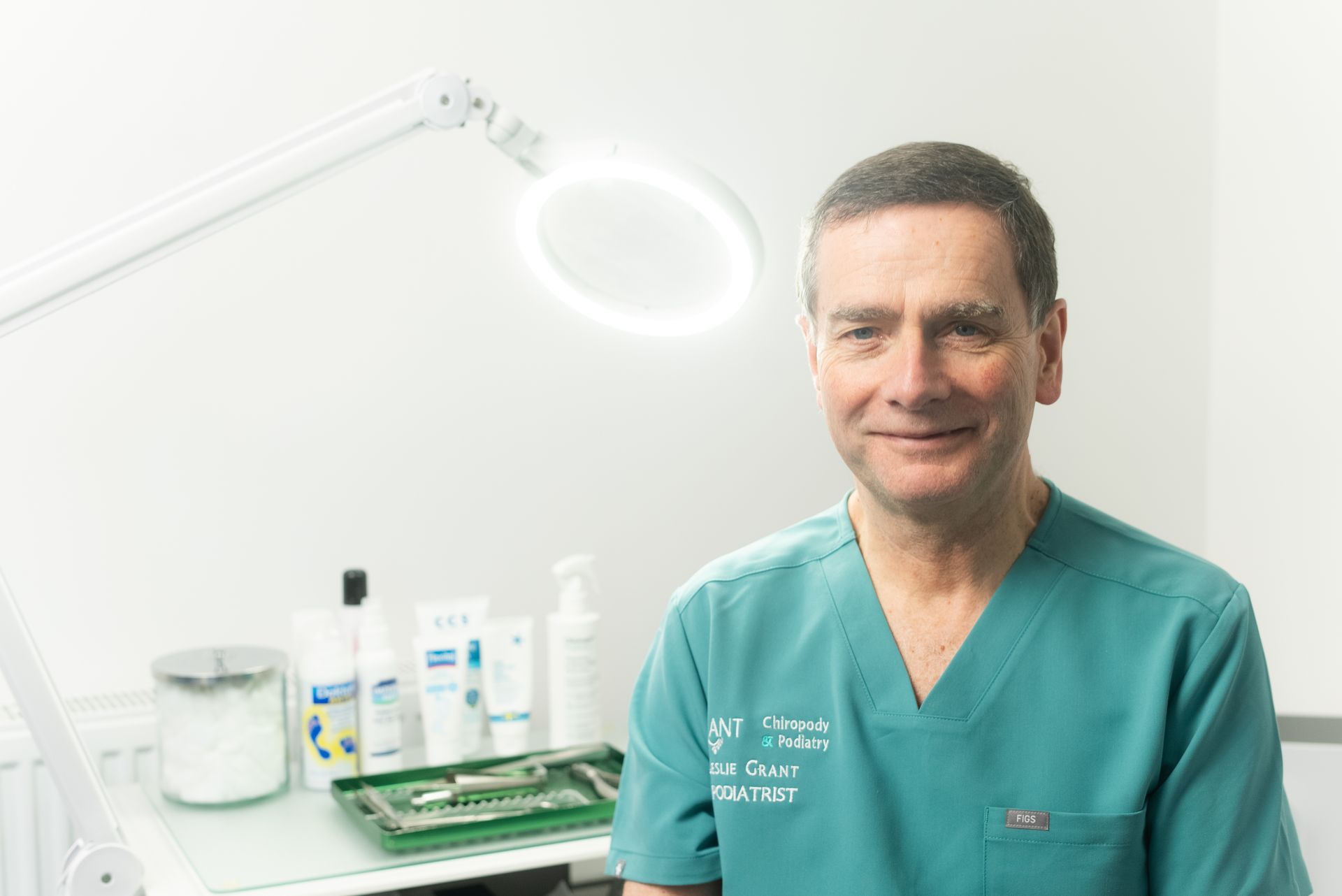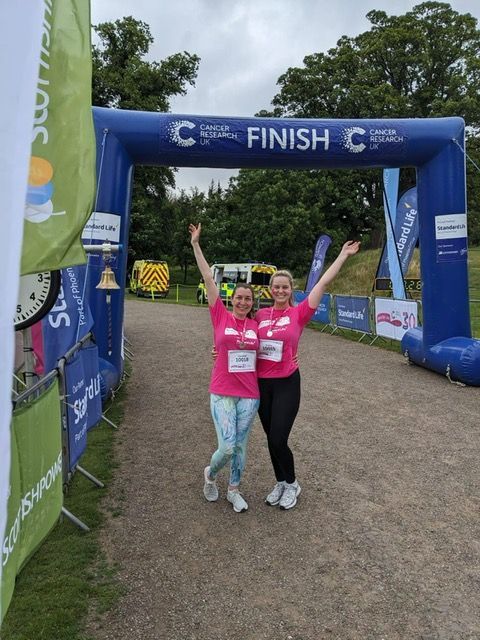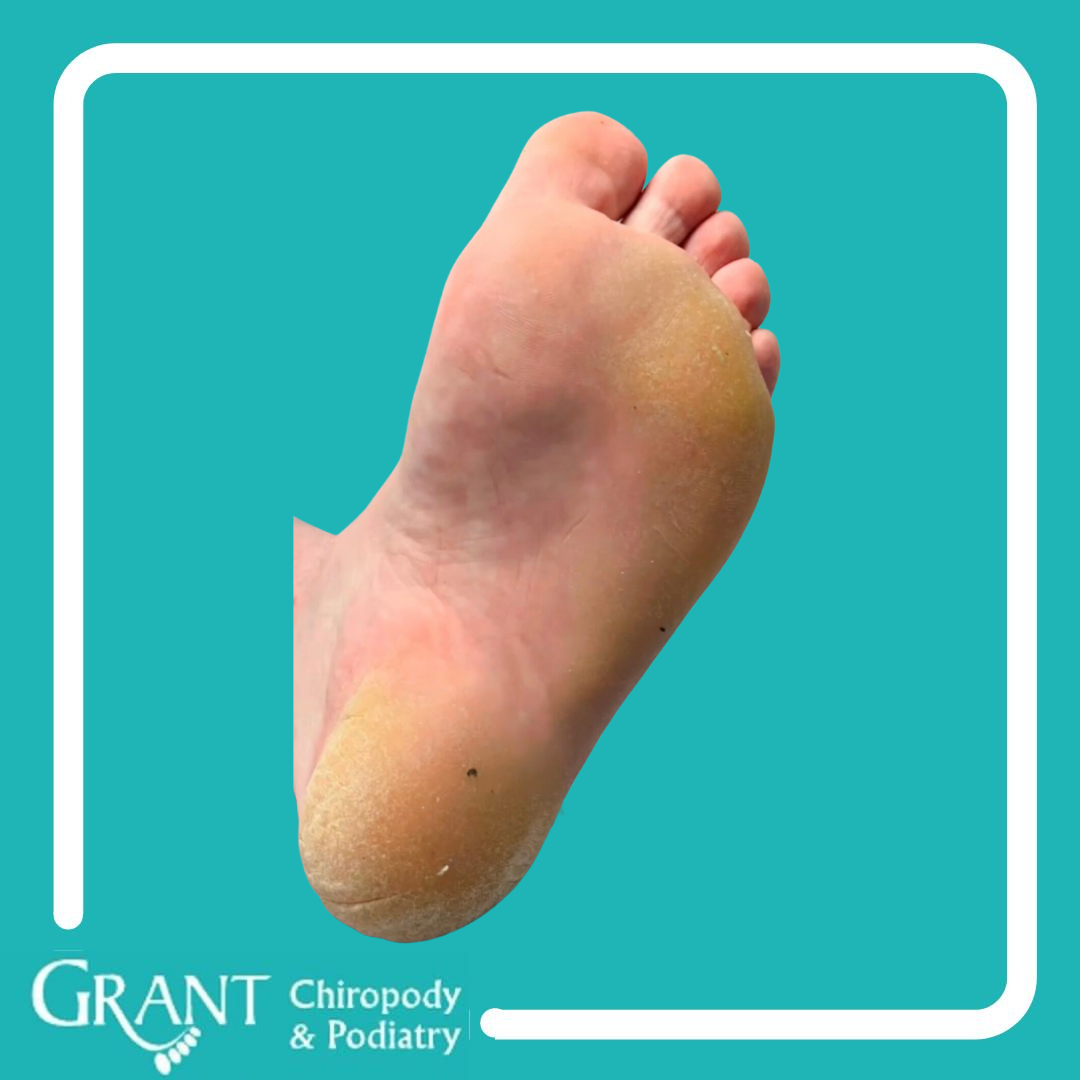Fungal infections are one of the most common complaints that Podiatrist’s see in clinics around the globe. They are the third most common skin disease in the World. Primarily fungal infections occur on the skin, this condition is known as Tinea Pedis or commonly known as Athletes foot. Once on the skin it can transfer to finger nails and toenails, by a process which is said to take around two years. The nail condition is then known as Onychomycosis. Three percent of the adult population of the UK are said to have a fungal nail infection. Recurrence rates of nail infections have been found to be as high as 87%.
Fungal skin infections are preventable and treatable by Podiatrists.
What causes a fungal infection?
Fungi called Dermatophytes live harmlessly on the skin. In a fungal infection these dermatophytes multiply if the conditions for them to thrive are just right, causing a huge increase in the incidence of dermatophytes. In fungal infections of the nail and skin the main dermatophytes involved are Trichophyton Rubrum and Trichophyton Interdigitale. Dermatophytes thrive in warm, dark, moist areas, which is why feet, shoes and socks are the perfect climate for them.
There are many factors that can increase your chances of developing a fungal infection, these include;
· Being male
· Increasing age
· Occlusive footwear
· Poor personal hygiene
· Repeated nail trauma
· Genetic predisposition
· Health conditions such as Diabetes, poor circulation, HIV infection and immunosuppression
What does a fungal infection look like?
On the skin, Athletes foot can look like;
· Itchy white patches between the toes
· Red, sore flaky patches on the feet
· Skin that may crack and bleed
· Small broken blisters
In the nails;
· Colour can change to brown, yellow, green and even black
· Texture can change becoming thicker and more brittle
· Often have a distinct musty smell
· Stripes and lines can appear
How can you confirm if it is a fungal infection?
Podiatrists commonly diagnose fungal skin infections by assessing your symptoms and looking at the skin on your feet.
Nail fungal infections often require testing to confirm a diagnosis. We are pleased to offer the Five Minute Fungus test in clinic where we can test a sample of nail with 97% of accuracy. The Five Minute Fungus test provides;
· Rapid results
· Does not require sending nail samples to a lab
· Accurate and reliable results
· Can detect the presence of all common dermatophytes
Please ask one of our Podiatrists for more information about this test.
How do you treat it?
It is important to get a confirmed diagnosis from a health professional. If you have a Diabetes or any condition affecting your immune system, it is essential you seek medical advice prior to treatment.
It is imperative to treat both the nail and skin infection when treating a fungal condition. Treatments can come in cream, powder or spray form.
The nails are the most difficult to treat and treatment can take up to 12 months for a new fungal free nail to grow.
In clinic we offer a treatment called Clearanail which bores tiny holes into the nail plate to allow the application of topical treatments. Please ask one of our team for more information.
Fungal residue can build up in towels and socks, so it is important not to share towels and wash in a hot wash regularly. Shoes and insoles are also a perfect environment for fungus to thrive so spray inside your shoes with an antifungal spray regularly.
What can I do to prevent it?
Prevention is easy;
· Dry your feet carefully after bathing, pay special attention to between the toes
· Change your socks daily- cotton or bamboo fibres are more breathable than synthetic materials
· Wear shoes made from natural materials
· Leave your shoes to dry out if they get damp
· Wear flipflops in shared areas such as swimming pools and gyms
· Don’t share towels, socks or shoes with anyone
What do I do if I suspect I have one?
If you suspect you have a fungal skin or nail infection and are not sure what to do, seek help from a Podiatrist. We are foot care professionals trained to diagnose and treat conditions of the feet.
If you have any further questions or require any information regarding your first visit, please do not hesitate to contact us on 01324 621809 / 01506 826286.
